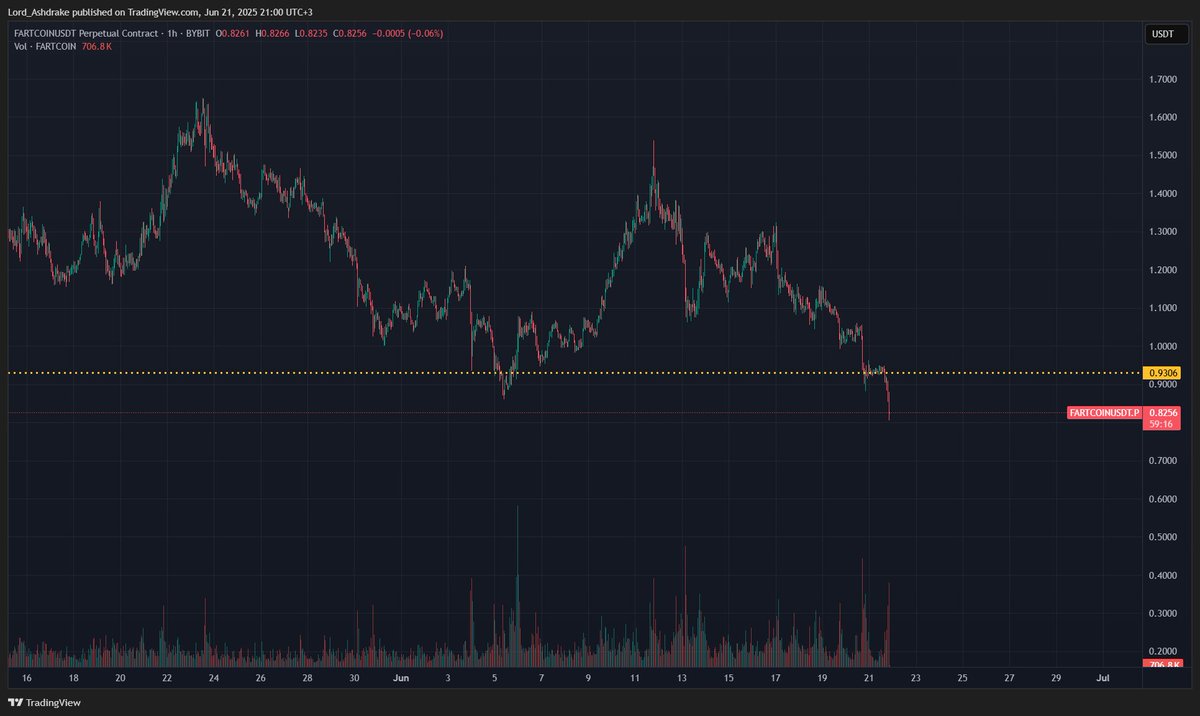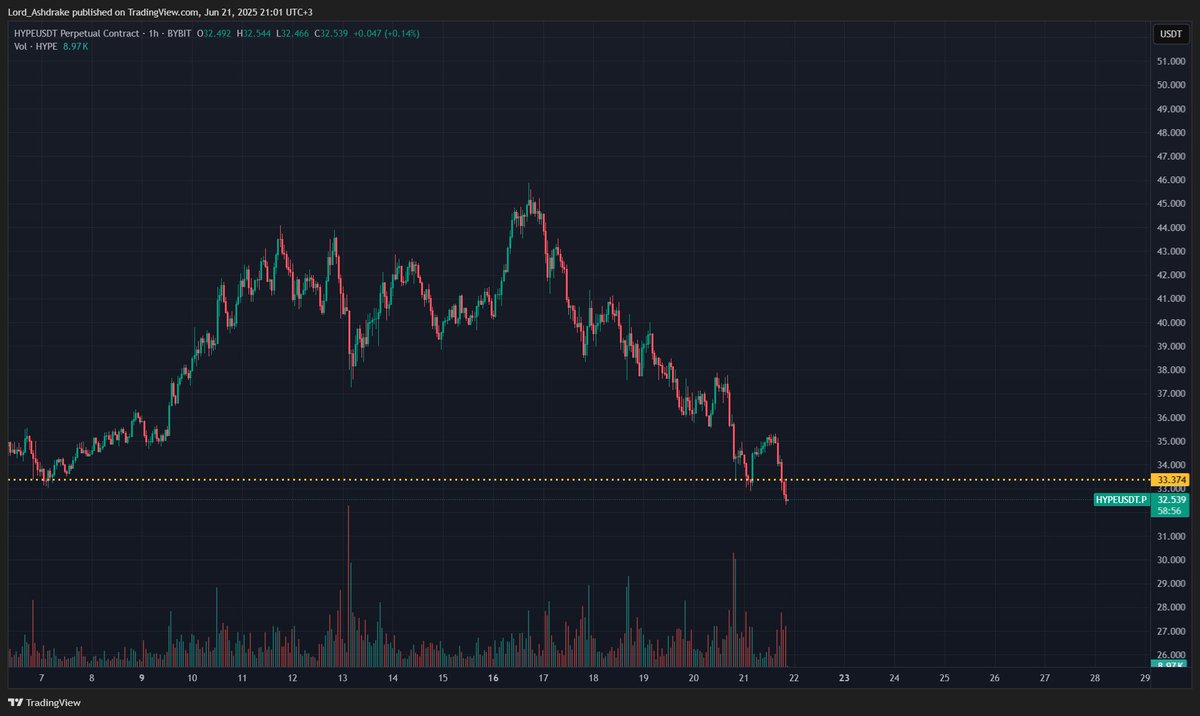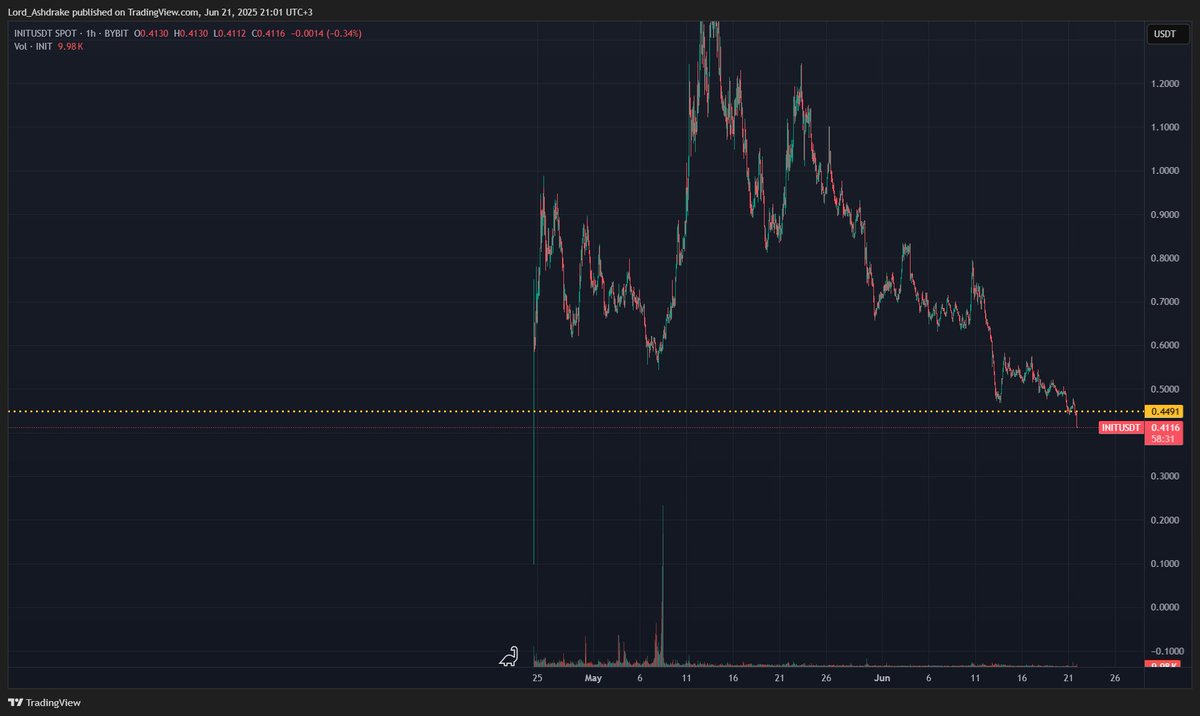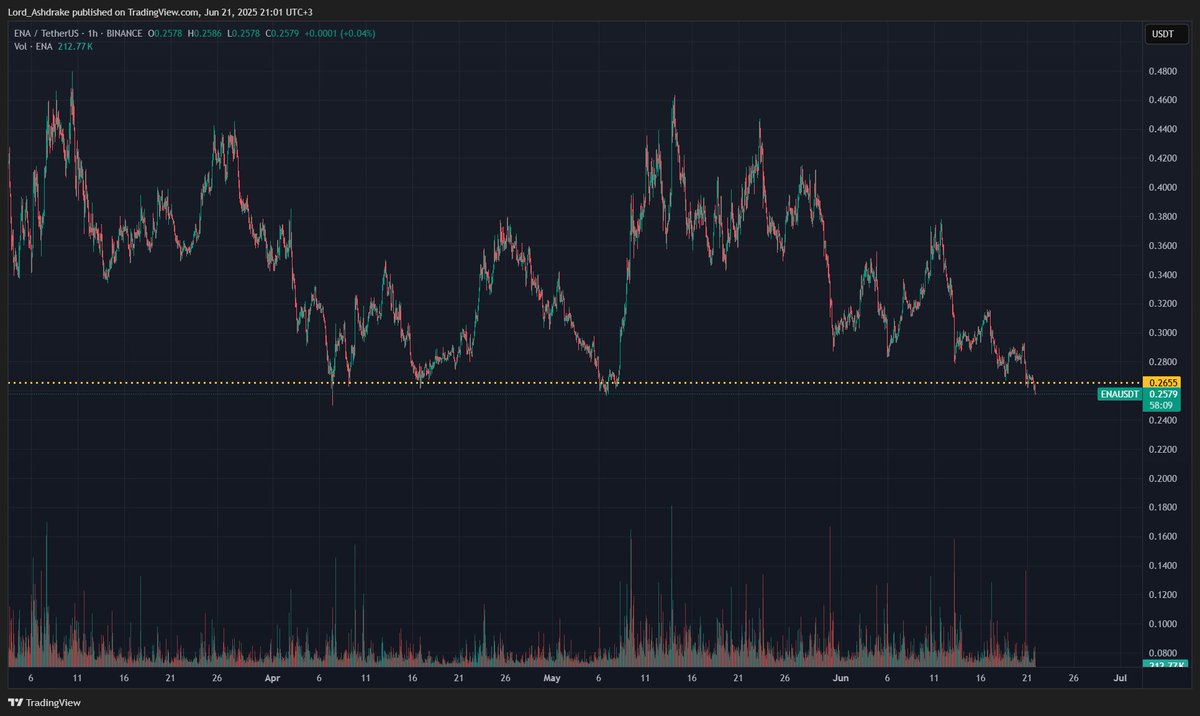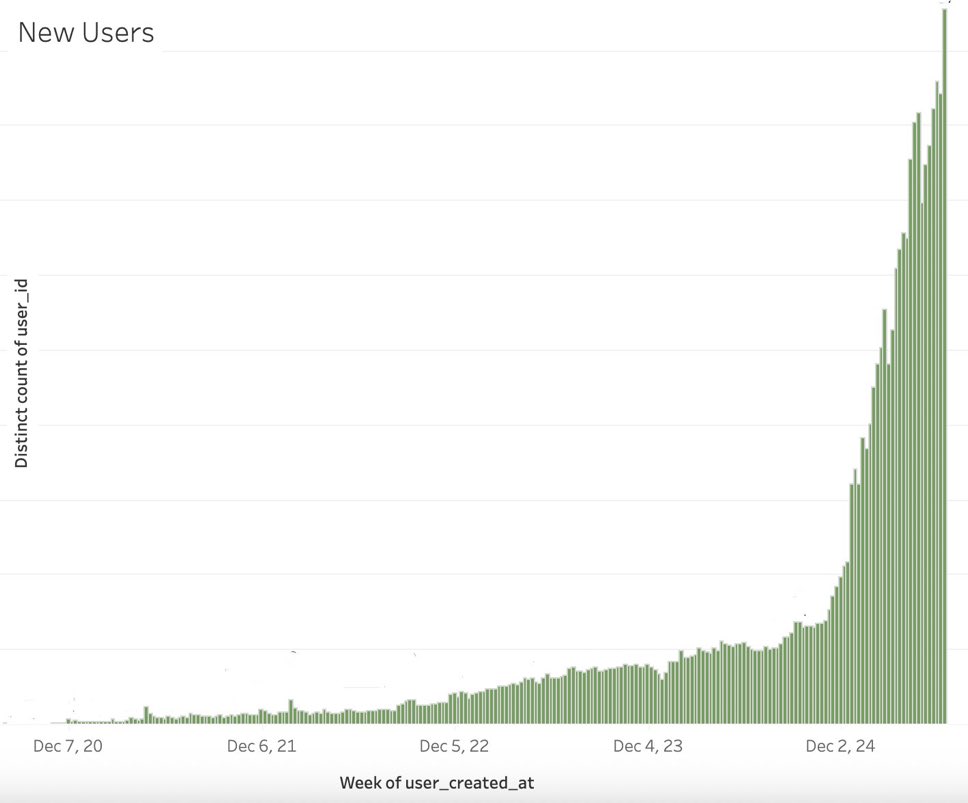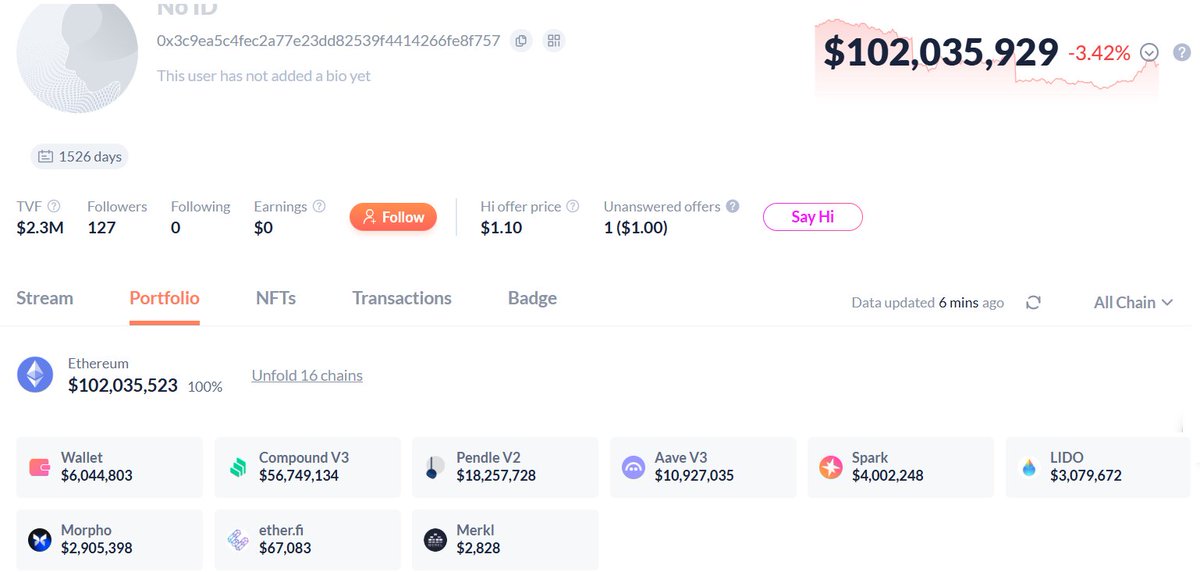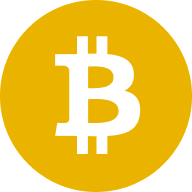
Lido DAO price

Disclaimer
OKX does not provide investment or asset recommendations. You should carefully consider whether trading or holding digital assets is suitable for you in light of your financial condition. Please consult your legal/tax/investment professional for questions about your specific circumstances. For further details, please refer to our Terms of Use and Risk Warning. By using the third-party website ("TPW"), you accept that any use of the TPW will be subject to and governed by the terms of the TPW. Unless expressly stated in writing, OKX and its affiliates (“OKX”) are not in any way associated with the owner or operator of the TPW. You agree that OKX is not responsible or liable for any loss, damage and any other consequences arising from your use of the TPW. Please be aware that using a TPW may result in a loss or diminution of your assets. Product may not be available in all jurisdictions.
Lido DAO market info
Market cap = Circulating supply × Last price

Lido DAO Feed


LDO calculator


Lido DAO price performance in USD
Popular Lido DAO conversions
| 1 LDO to USD | $0.64470 |
| 1 LDO to EUR | €0.55942 |
| 1 LDO to PHP | ₱36.8588 |
| 1 LDO to IDR | Rp 10,584.47 |
| 1 LDO to GBP | £0.47912 |
| 1 LDO to CAD | $0.88533 |
| 1 LDO to AED | AED 2.3677 |
| 1 LDO to VND | ₫16,846.09 |
About Lido DAO (LDO)
- Official website
- White Paper
- Github
- Block explorer
Lido DAO FAQ
Lido is a decentralized protocol offering liquid staking services for various Proof of Stake (PoS) blockchains. When users stake assets with Lido, they receive tokenized equivalents of their staked tokens on a 1:1 basis. These tokens remain liquid, allowing users to use them across various platforms.
Lido charges a 10 percent fee on staking rewards. Despite being seen by some as a drawback, this rate aligns closely with industry standards, keeping Lido competitive.
Easily buy LDO tokens on the OKX cryptocurrency platform. OKX’s spot trading terminal includes the LDO/USDT trading pair.
You can also swap your existing cryptocurrencies, including XRP (XRP), Cardano (ADA), Solana (SOL), and Chainlink (LINK), for LDO with zero fees and no price slippage by using OKX Convert.
Monitor crypto prices on an exchange
ESG Disclosure
LDO calculator




